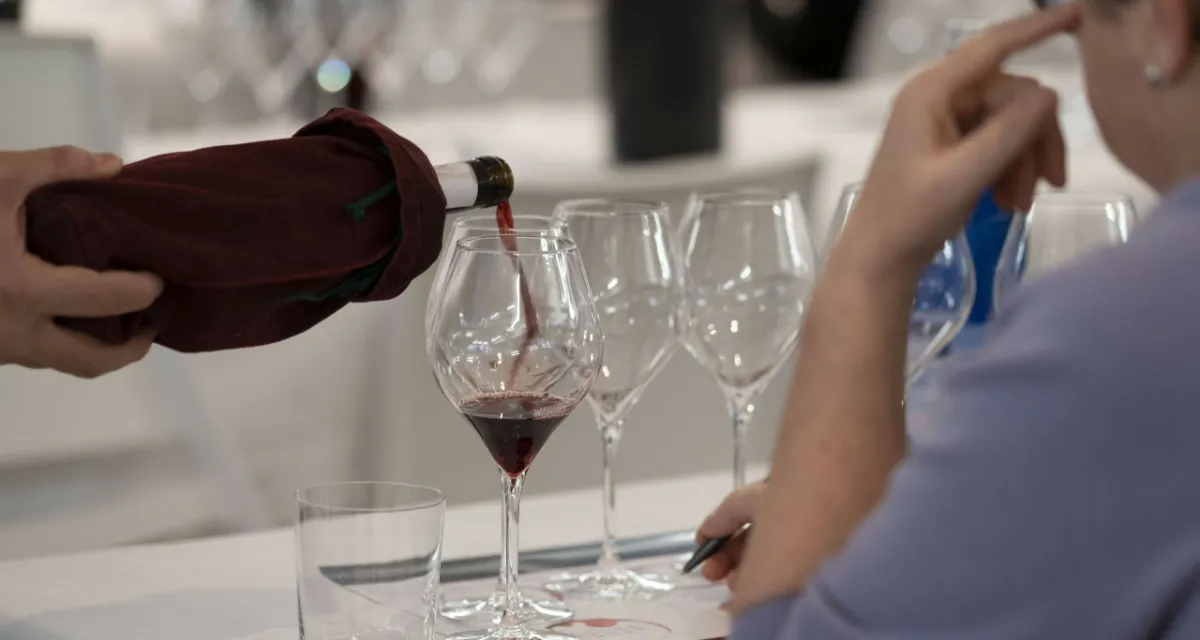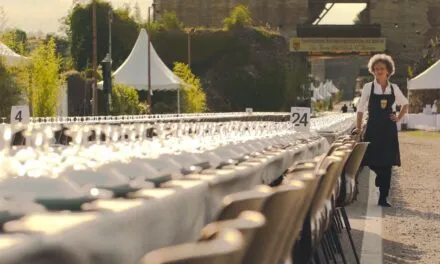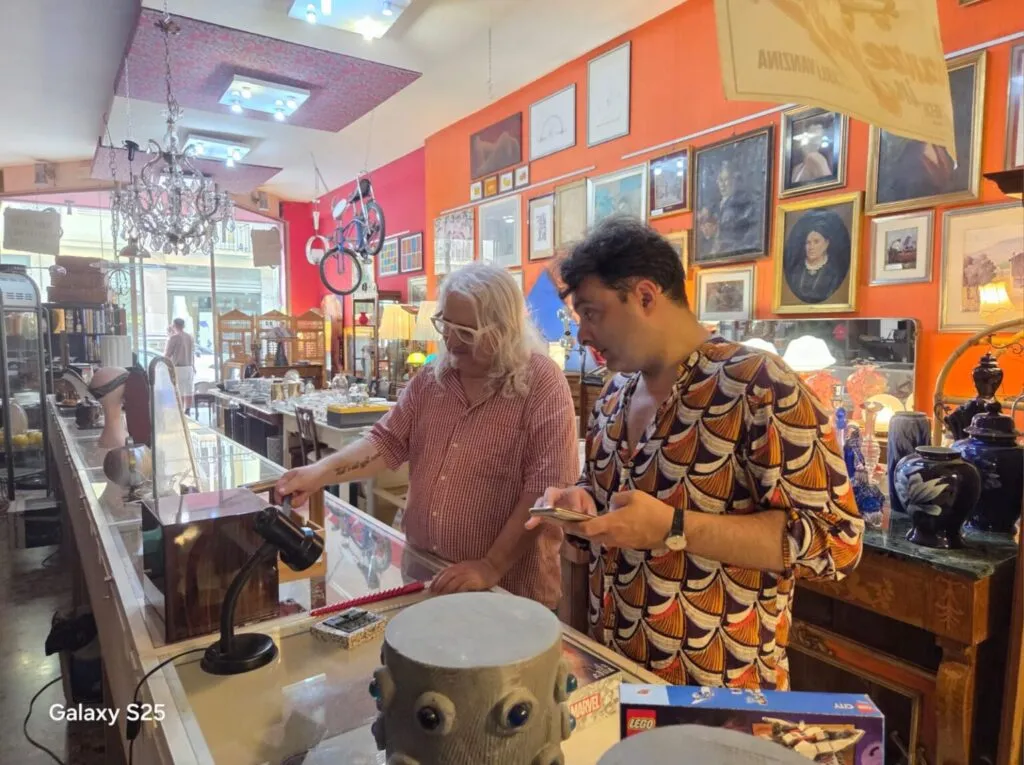The 2020 vintage in Valpolicella unfolded like an extraordinary journey. Each step of the way Nature and the climate wove a unique pattern which made for a trying yet rewarding cycle for the producers.
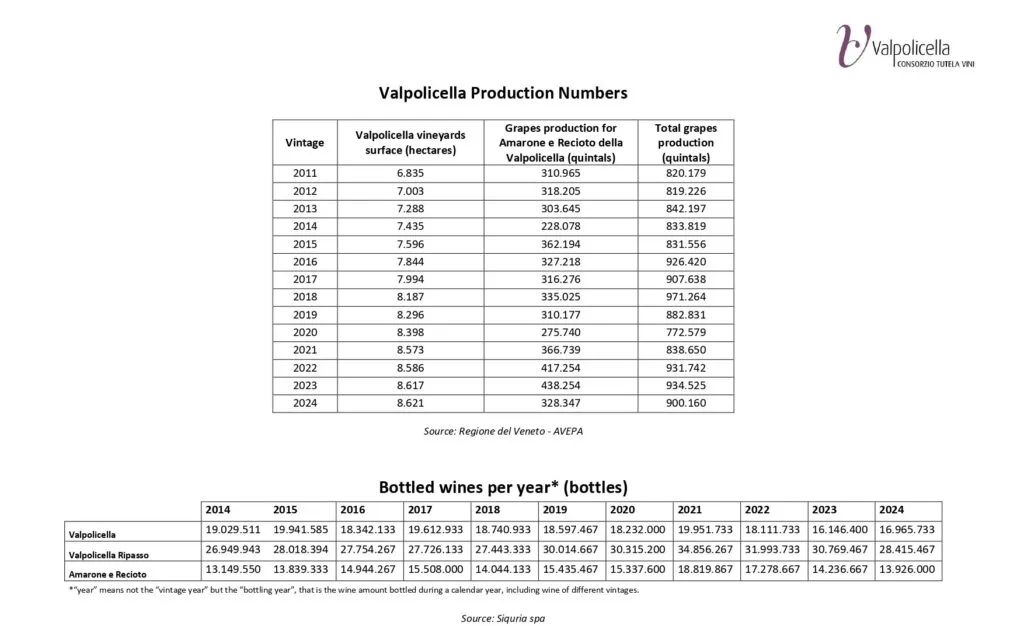
The year 2020 began with bud burst around the 6th and the 7th of April, right in line with the historic average. The warm, dry climate sparked an auspicious growth cycle featuring a sunny, fertile spring. Above average temperatures awoke the vineyards earlier. The vines reacted with strong shoots which seemed just itching to grow. The growers watched carefully; they knew that such a promising start would require precise water resource management.
Flowering occurred early than in past years, between the 25th and the 29th of May – a May of above average temps but little rainfall allowed for the linear development of flowering without water or temperature stress. The above average temperatures in the months before had stimulated plant growth, while this delicate time when the bunches start to take shape was met with a mild air temperature. Nature seemed to welcome this ripening cycle, while the growers closely monitored the process, ready to intervene if needed.
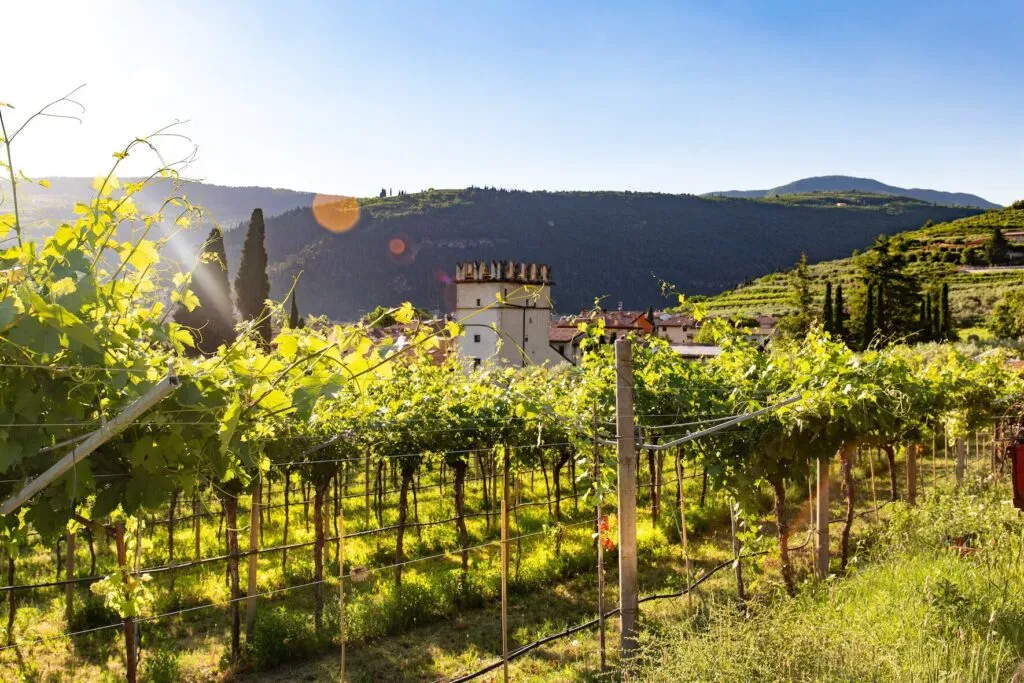
In June, once fruit set was over, the frequent rains and below average temperatures forced farmers to handle the vine’s principal pathogens.
Veraison came starting the first few days of August (between the 3rd and the 7th), which is when the grapes start changing the colors that speak of the upcoming harvest. However, the season turned around; after being hot and dry in July, the climate brought hard, pouring rainfalls. The contrast between the initial summer heat and the cool return of the rain created an environment conducive to ripening. Then the temperature dropped, somewhat relieving the growth cycle, but also rendering constant monitoring necessary to prevent any diseases linked to humidity.
The contrast between a warm, dry beginning and a second half of the season marked by pouring rain made the season unusually characteristic. While precipitation was scarce from January to May (except for March), the real challenge came in the months after that. The hard rainfalls along with a few sudden hailstorms made the summer less predictable, interrupting a growth cycle that had seemed it would follow familiar rhythms. Thus, under an inclement, but never angry sky the vines kept growing, thanks to the growers’ work as well, ever ready to meet the season’s challenges.
The harvest kicked off in mid-September, a few days earlier than the average date. With average rainfall, the climate stayed cool and breezy, encouraging healthy grape ripening.
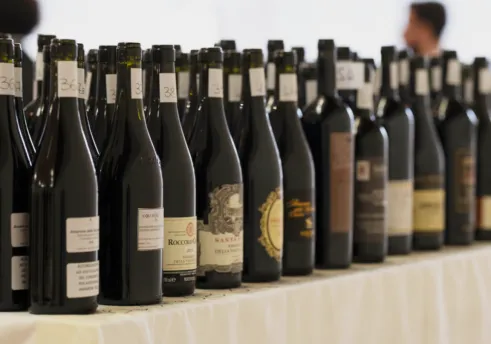
The cooler days and the winds that autumn brought allowed the bunches to ripen without too much temperature stress. Indeed, the summer rain had helped restore groundwater reserves, ensuring that ripening would occur evenly and healthily. Even though the harvest was uneven in the different areas, growers handled the difference between vineyards optimally, knowing that this vintage would offer up a great outcome.
Grape ripening showed considerable variance between different areas, from the bottom of the valley to the highest altitudes. The analytical values measured at the various sampling stations showed ripening that however delayed in comparison to past vintages had benefited from favorable weather as of mid-September when the climate became more stable.
A combination of cool temps and summer rain induced the bunches to develop a good quality, despite later timing than hotter, faster vintages. The growers closely supervised the process, constantly monitoring the acidity and sugar parameters, while September’s cool clime helped to keep the grapes’ aromatic characteristics intact.
Ultimately, 2020 was a year that put both Nature and Valpolicella’s growers to the test a year when the climate went back and forth from drought to pouring rain, with challenges along the entire growth cycle. The vine’s resilience combined with the growers’ skill led to overcoming climatic issues and obtaining quality wine, one that tells the tale of a territory that reaps exceptional fruits even in complex vintages.
The consortium is committed to monitoring the grapes’ conditions from the vine to the drying room, even during partial drying by sampling in the various areas of Valpolicella. Today, the age-old know-how has become a legacy of specific skills that have guaranteed optimal management of laying the grapes to rest. This has led to an outstanding raw ingredient, in addition to vinification free from plant health issues and with a sugar concentration and aromatic features worthy of subsequent transformation into the “Great Red” at the winery.
In fact, according to a panel comprised of enologists and wine tasters, the 2020 Amarone has a strong personality that fully reflects the vintage’s complexity and the producers’ great work at the winery. The result is an Amarone that will begin its aging with a healthy dose of acidity and typicality. It has a well-balanced aromatic profile, combining varietal notes, those from the drying process, and those derived from aging. The sensory analysis encounters outstanding structure and balanced alcohol content, with points of very bright, deep color.

